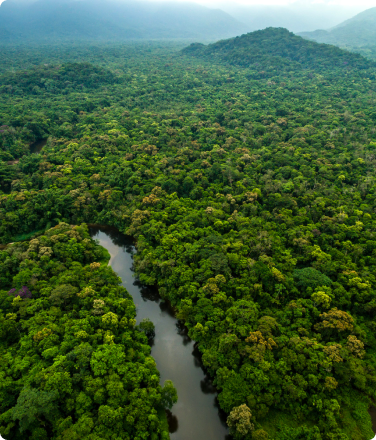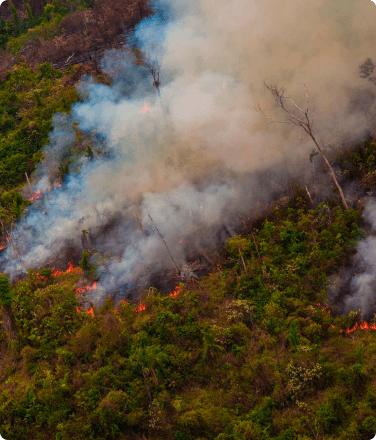Voices from the Ground: COVID Response in the Darien, Panama
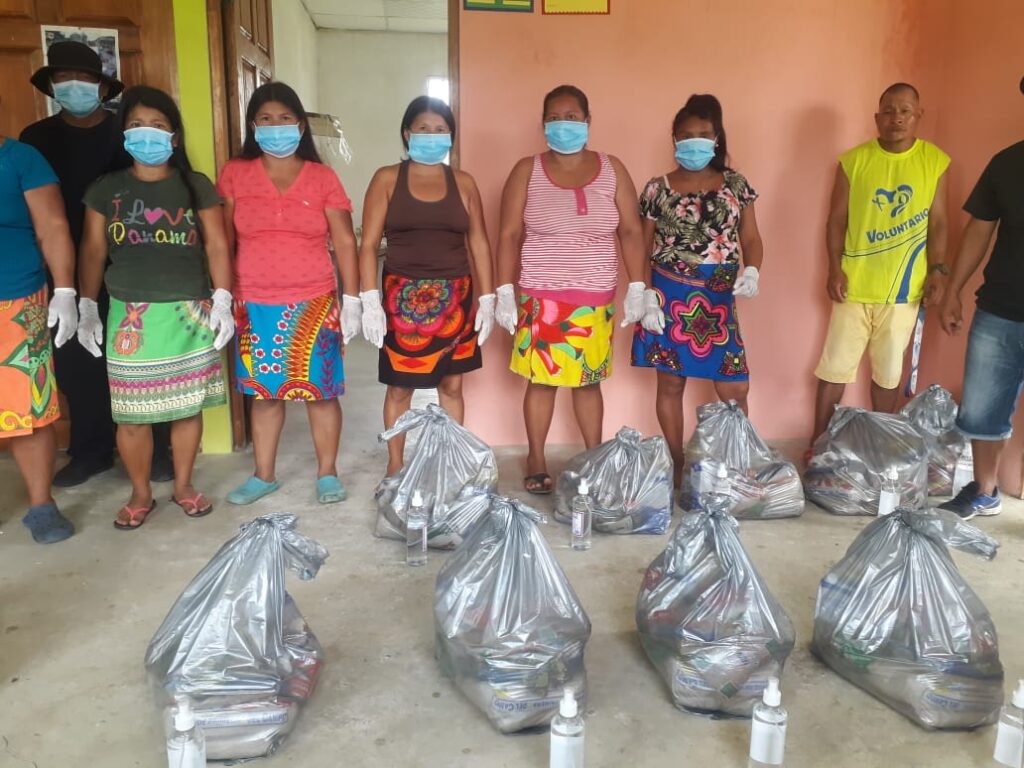
COVID-19 is straining the Embera and Wounaan peoples of the Darien as the threat of deforestation in their territories creeps higher.
Rainforest Foundation US Partners With Indigenous Peoples and Ally Organizations on New Amazon Emergency Fund
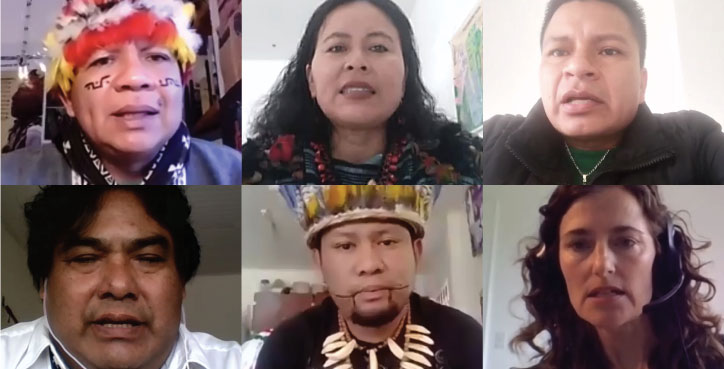
RFUS has joined forces with COICA and other NGOs to establish a fund that supports indigenous communities facing COVID-19.
Se Lanza una Nueva Herramienta para Optimizar la Respuesta al COVID-19 en las Comunidades Indígenas de Panamá
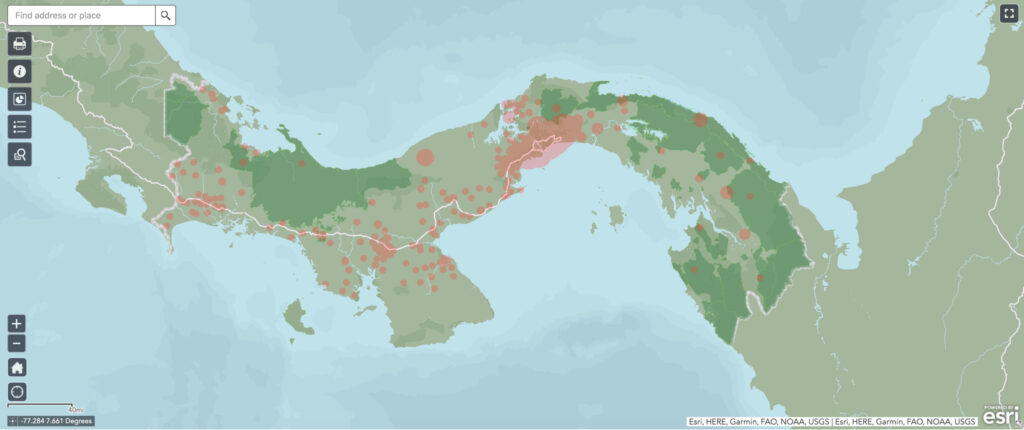
Rainforest Foundation US está trabajando con COONAPIP para desarrollar un mapa en línea para coordinar la ayuda humanitaria del COVID-19 a las comunidades indígenas en Panamá.
Launching New Tool to Optimize COVID-19 Response in Panama’s Indigenous Communities

Rainforest Foundation US is working with COONAPIP to develop an online map to coordinate COVID-19 humanitarian aid to indigenous communities in Panama.
Voices from the Ground: COVID-19 Response in Loreto, Peru
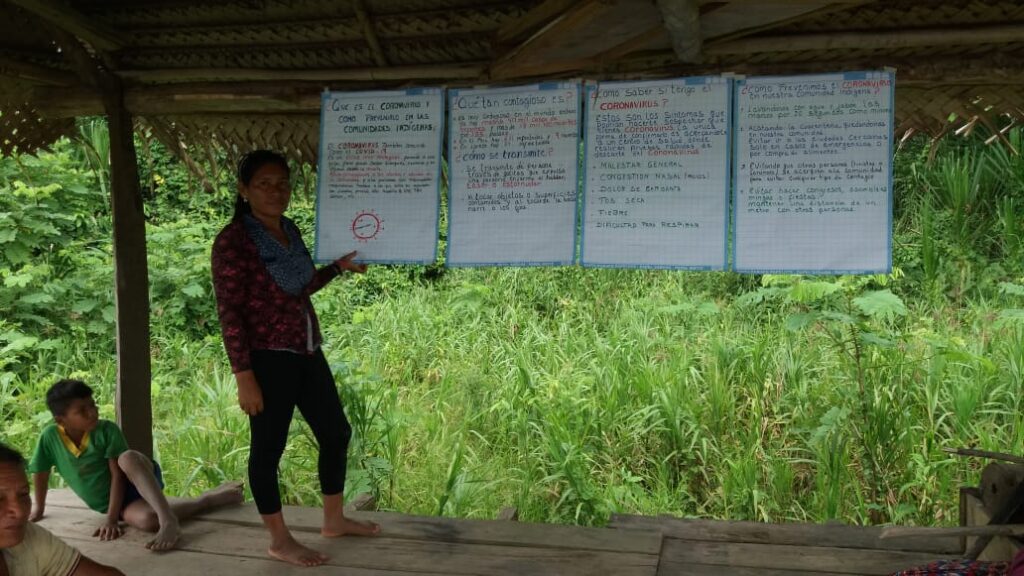
An interview with two indigenous leaders about their communities’ reactions to COVID-19.
Voices from the Ground: COVID-19 Response in Roraima, Brazil
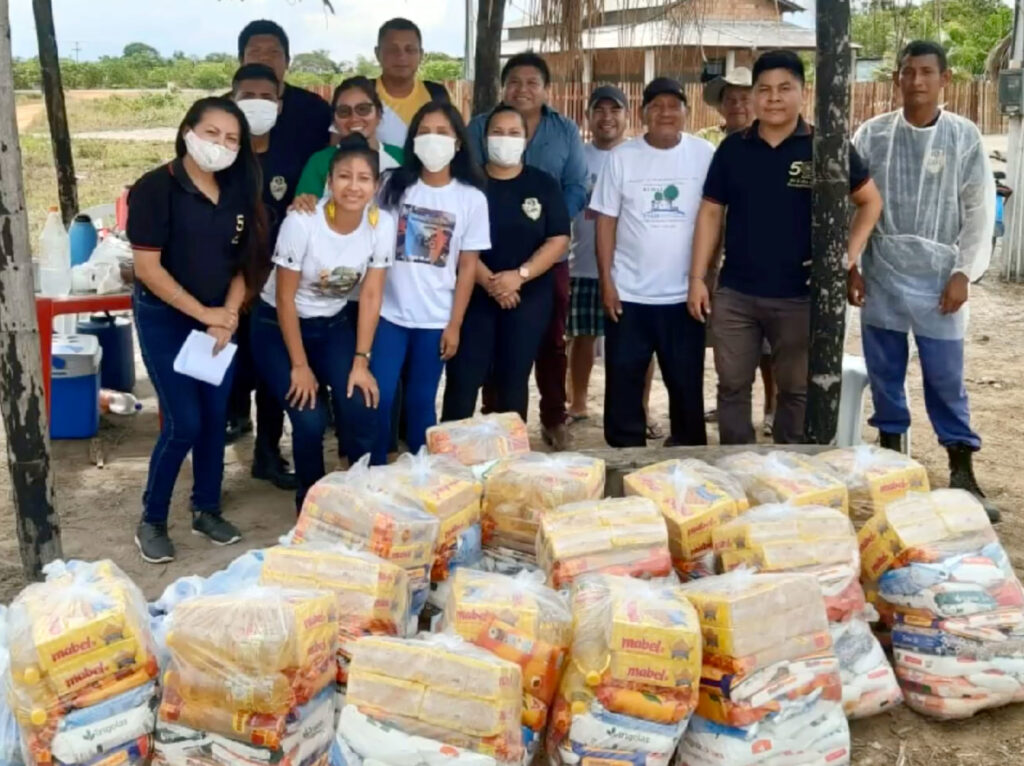
An interview with the Legal Advisor for the Indigenous Council of Roraima about adressing COVID-19 in his territory.
Stepping Into the Gap: Lessons from the Darien in the Face of COVID-19 and Indigenous Peoples’ Response
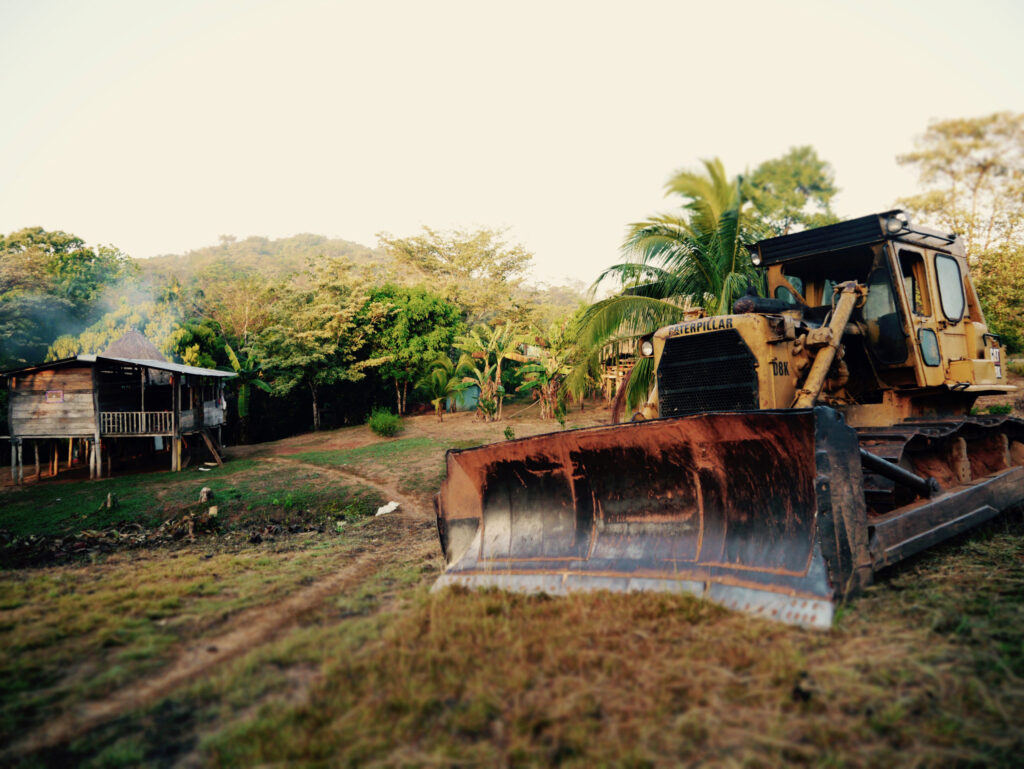
A look at how viruses have shaped the Darien Gap and its indigenous inhabitants.
A Call to Protect Rainforest Peoples From COVID-19
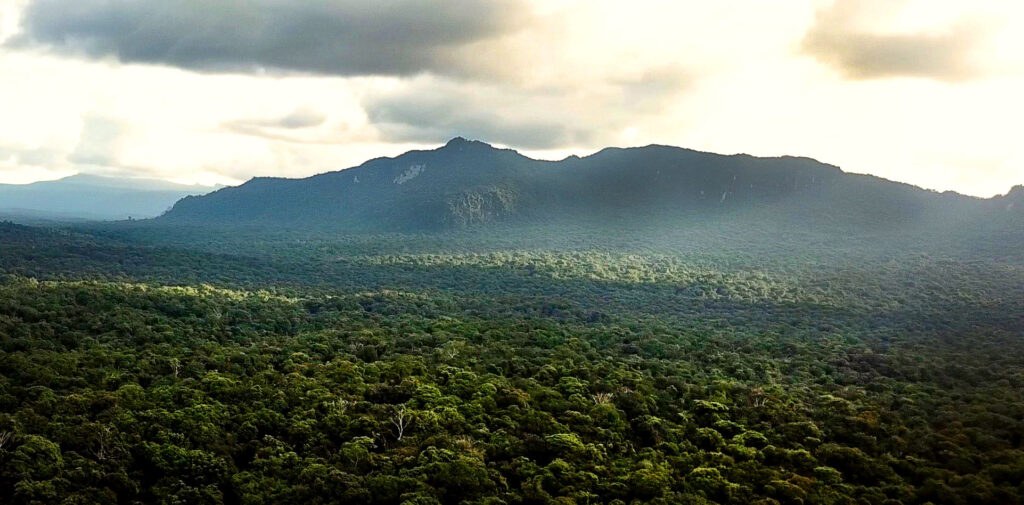
A joint statement by Rainforest Foundation US, UK, and Norway in support of indigenous communities facing COVID-19.
Indigenous Peoples in the Amazon Mobilize to Prevent COVID-19

RFUS is assisting indigenous communities to access and share COVID-19 prevention information.
Rainforest Foundation US’ response to COVID-19
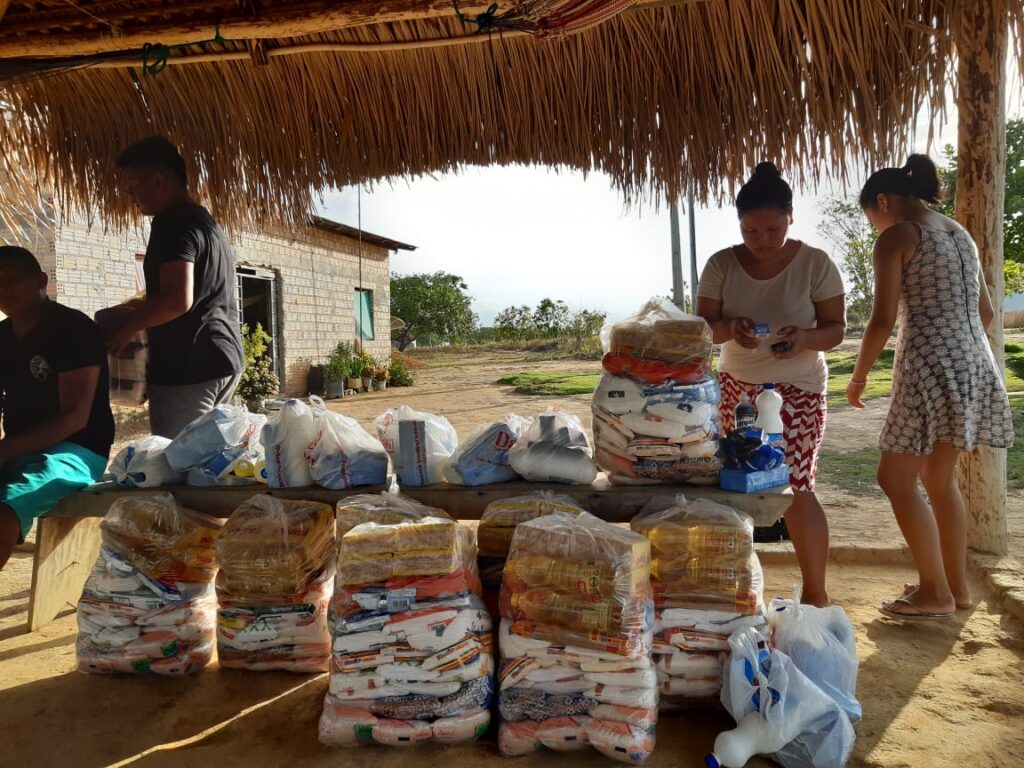
RFUS is supporting our indigenous partners with deliveries of food and medical supplies as they battle Covid-19 in their communities.


